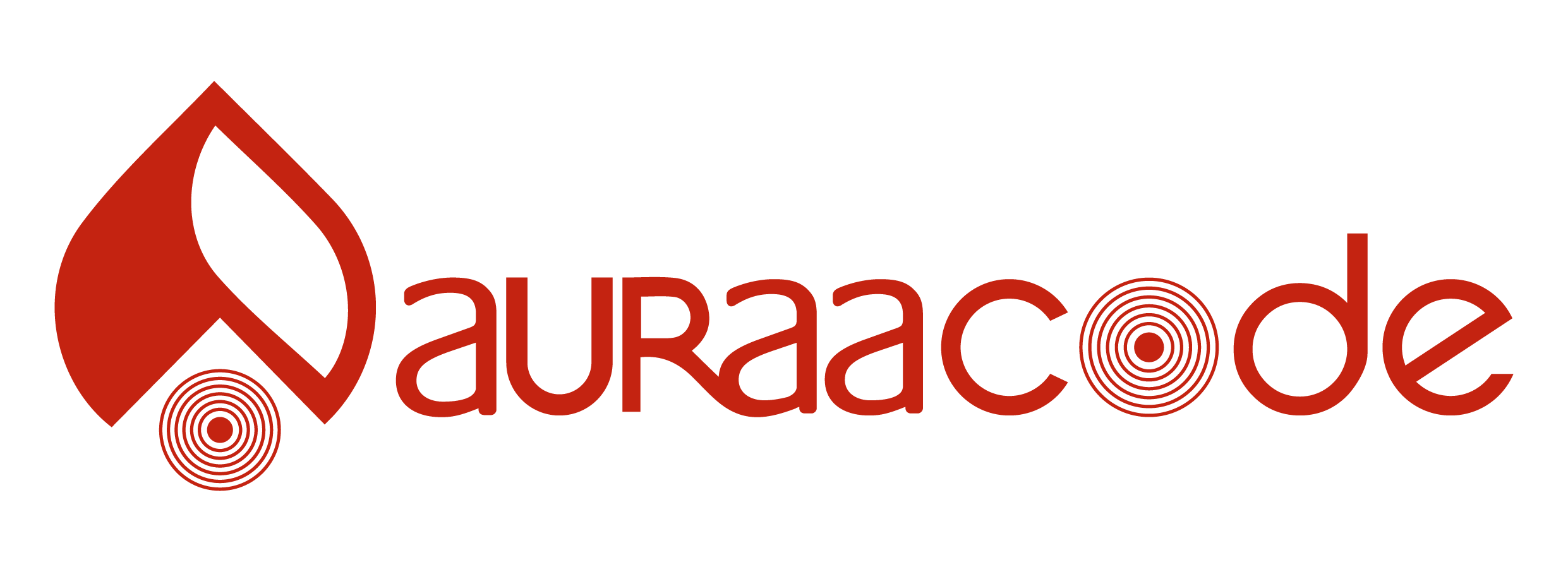Here is a comprehensive article on “Crypto Token Burn” focusing on Stacks (STX) and Mempool:
Token Burn: The Consequences of Supply Reduction
The cryptocurrency market has experienced significant volatility in recent years, with many assets experiencing significant price swings. One of the key factors contributing to these price swings is token burning, where a certain percentage of tokens are destroyed or “burned” from circulation.
What is a token burn?
Token burning involves reducing the supply of a particular cryptocurrency by burning tokens, either intentionally or unintentionally. This can happen in a variety of ways, such as:
- Exchange Liquidations: When the price of a cryptocurrency falls below a certain level, it can trigger an exchange liquidity event, where users’ funds are automatically withdrawn and burned from circulation.
- Smart Contract Bugs: Malicious smart contracts can intentionally or unintentionally burn tokens, removing them from the market.
- Market Manipulation
: Market participants can manipulate the supply of tokens by selling their holdings at a loss, triggering a burn event.
Stacky (STX) and Token Burning
Stacks is an open-source decentralized platform that aims to provide fast, secure, and scalable transaction processing capabilities. With its focus on scalability and low fees, Stacks has attracted significant attention from crypto enthusiasts and institutions alike.
However, like any other cryptocurrency, Stacks relies on token burning to maintain the decentralization of its network and incentivize the development of new applications. In this article, we will delve into the world of token burning and examine how it affects Stacks (STX).
Token Burn and Stacks (STX)
When a significant portion of the total Stacks supply is burned, it can have far-reaching consequences for the overall health of the network. Here are some potential consequences:
- Reduced Scalability: Burning tokens increases the network’s ability to process transactions, but this comes at the cost of reduced scalability. As more users join the network, the increased demand can strain the system.
- Increased Transaction Fees: Burn events often lead to higher transaction fees as the network is incentivized to process more requests for processing.
- Reduced Decentralization: Token burning can undermine the decentralized nature of the network by reducing the proportion of tokens held by individual users and organizations.
Mempool: The Market for Stacks
Mempool is a decentralized exchange (DEX) built on the Stacks platform that offers users a range of liquidity providers to buy and sell STX. As one of the most popular DEXs on the market, Mempool has attracted considerable attention from traders and investors.
However, like any other cryptocurrency market, Mempool is not immune to token burn events. In fact, Mempool’s token supply has significantly decreased in recent months due to a variety of factors, including increased adoption and higher fees.
Conclusion
Token burns remain a critical aspect of the cryptocurrency ecosystem with significant implications for decentralized networks such as Stacks (STX) and Mempool. While token burns can provide incentives for developers and users to build new applications on these platforms, they also come with risks such as reduced scalability, increased transaction fees, and disrupted decentralization.
As the cryptocurrency market is constantly evolving, understanding the effects of token burns is essential for making informed investment decisions and trading strategies.
